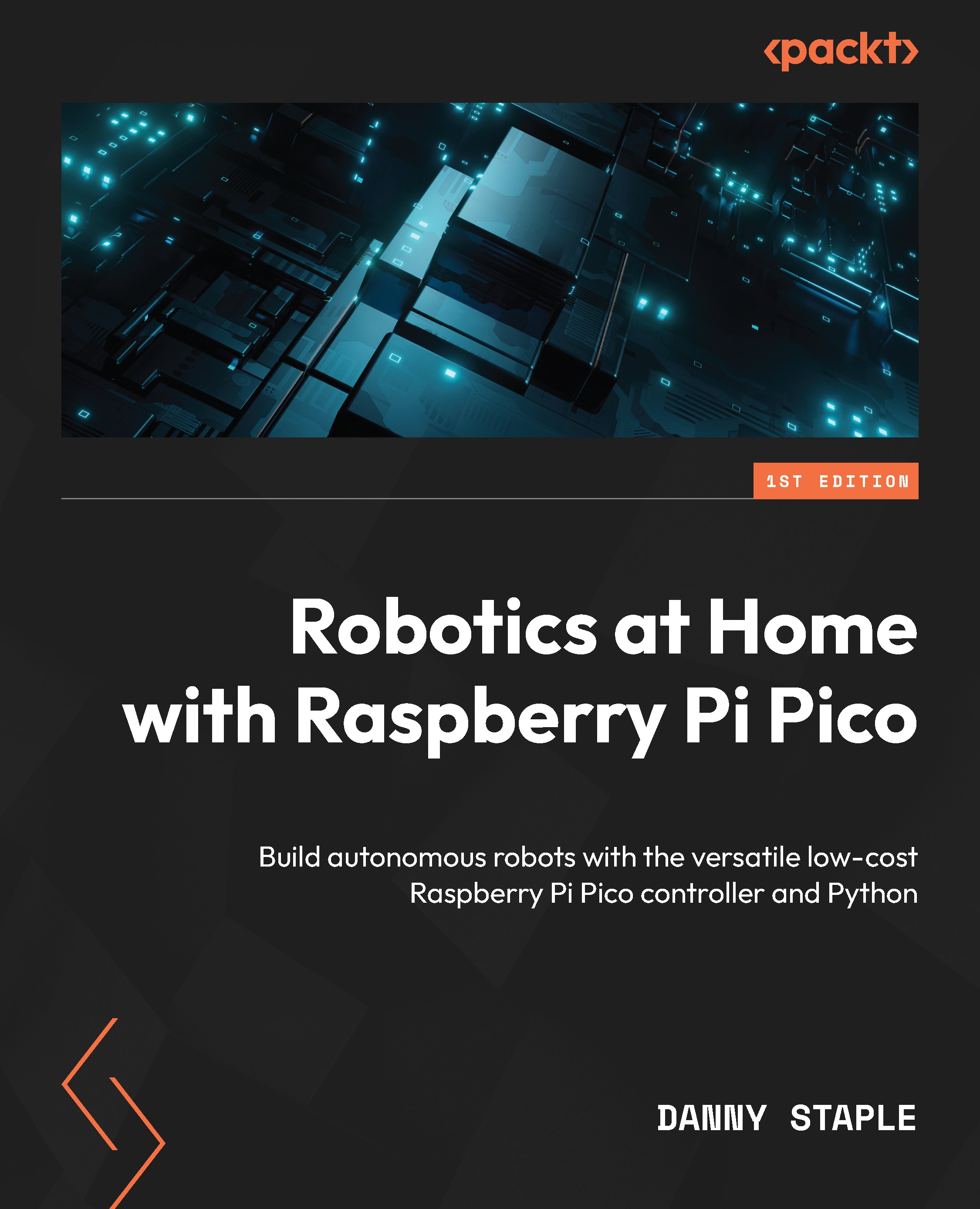PID tuning – using graphs to tune the PID
The PID algorithm is great for responding to sensor input, adjusting for constant errors, and dampening out overcompensation with the derivative. The only problem is that getting these three values right is tricky. How you tune a PID depends on the system. In our case, for wall following, much of this will be on how the robot feels in the situation. This method works for small robots, but there are formal methods that require a mathematical model of the system.
Depending on the situation, we may only use one constant, but for this, we’ll try to use all three. It’s also a good practice to change only one gain constant at a time.
We already have graphing for our system on the phone. While we are starting, we’ll only show the error and response; we can add other components as needed. The derivative and integral components can dwarf the proportional component, and the Bluefruit app does not allow plots with different...


























































